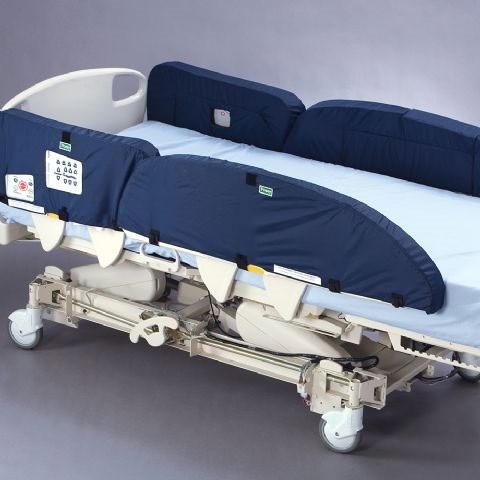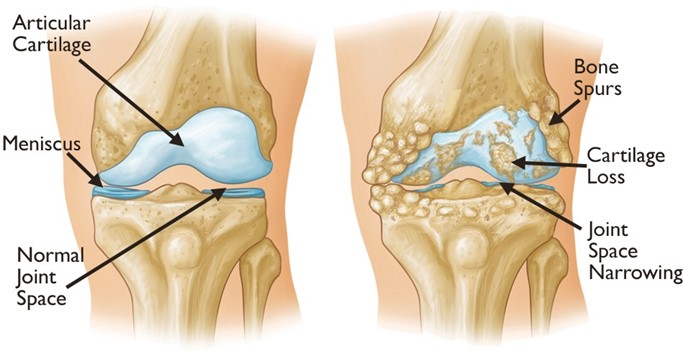A nurse is preparing to admit a client who has bacterial meningitis. Which of the following items should the
nurse place in the client's room?
Oral irrigating device
Seizure pads
Sterile gloves
Tongue blade
The Correct Answer is B
b. Seizure pads
Explanation:
The nurse should place seizure pads in the client's room when admitting a client with bacterial meningitis. Bacterial meningitis is an infection that affects the meninges, the protective membranes covering the brain and spinal cord. It can cause inflammation and swelling of the brain, leading to an increased risk of seizures.
Seizure pads are specifically designed to provide a cushioning and protective barrier between the client's head and the hard surface, reducing the risk of injury during a seizure. They are placed on the bed or matress to help prevent head trauma or other injuries that may occur if a seizure occurs.
Now, let's discuss why the other options are not necessary for the client with bacterial meningitis:
a. Oral irrigating device:
An oral irrigating device is not necessary for a client with bacterial meningitis. Bacterial meningitis primarily affects the central nervous system and does not require oral care interventions. The focus of care for these clients is on managing the infection, monitoring vital signs, and providing supportive care.
c. Sterile gloves:
While sterile gloves are commonly used in healthcare settings, they are not specifically required for the care of a client with bacterial meningitis. Standard precautions, including the use of non-sterile gloves, are sufficient for providing care to these clients. Sterile gloves are typically used for invasive procedures or when there is a need to maintain a sterile field.
d. Tongue blade:
A tongue blade is not necessary for the care of a client with bacterial meningitis. Tongue blades are typically used for oral assessments or when examining the throat, which are not directly related to the management or treatment of bacterial meningitis. The focus of care for these clients is on infection control, monitoring for complications, and providing comfort and support.
In summary, when admitting a client with bacterial meningitis, the nurse should prioritize placing seizure pads in the client's room to ensure their safety during potential seizure activity.

Nursing Test Bank
Naxlex Comprehensive Predictor Exams
Related Questions
Correct Answer is B
Explanation
Answer: B. You can take a shower 1 day after your procedure.
Rationale:
A. You can resume a regular diet 3 days after your procedure:
There is typically no need to delay resuming a regular diet for three days after a cardiac catheterization. Most clients can resume their usual diet shortly after the procedure once they are fully awake and any nausea has resolved.
B. You can take a shower 1 day after your procedure:
It is generally safe to shower the day after a cardiac catheterization as long as the insertion site remains protected. Clients should avoid soaking in a bath or swimming until the site is fully healed to prevent infection.
C. You can begin exercising 2 days after your procedure:
Strenuous activities, including exercise, should generally be avoided for a few days to a week following a cardiac catheterization. This allows time for the insertion site to heal and reduces the risk of complications such as bleeding.
D. You can return to school 1 week after your procedure:
Most clients can return to school or normal activities within a few days, provided they feel well and avoid excessive physical exertion. A full week off is typically not necessary unless specified by the healthcare provider based on the individual’s recovery.

Correct Answer is B
Explanation
Applying heat to the affected joints can help relieve pain and stiffness. A heating pad or warm compress can be used to apply heat to the hands.
The other options are not correct because:
a) Sleeping on a soft mattress is not mentioned as a way to manage osteoarthritis symptoms.
b) Aspirin should be taken with food or milk to reduce stomach irritation.
c) Exercising inflamed joints excessively can worsen symptoms. It is important to balance rest and activity.

Whether you are a student looking to ace your exams or a practicing nurse seeking to enhance your expertise , our nursing education contents will empower you with the confidence and competence to make a difference in the lives of patients and become a respected leader in the healthcare field.
Visit Naxlex, invest in your future and unlock endless possibilities with our unparalleled nursing education contents today
Report Wrong Answer on the Current Question
Do you disagree with the answer? If yes, what is your expected answer? Explain.
Kindly be descriptive with the issue you are facing.
